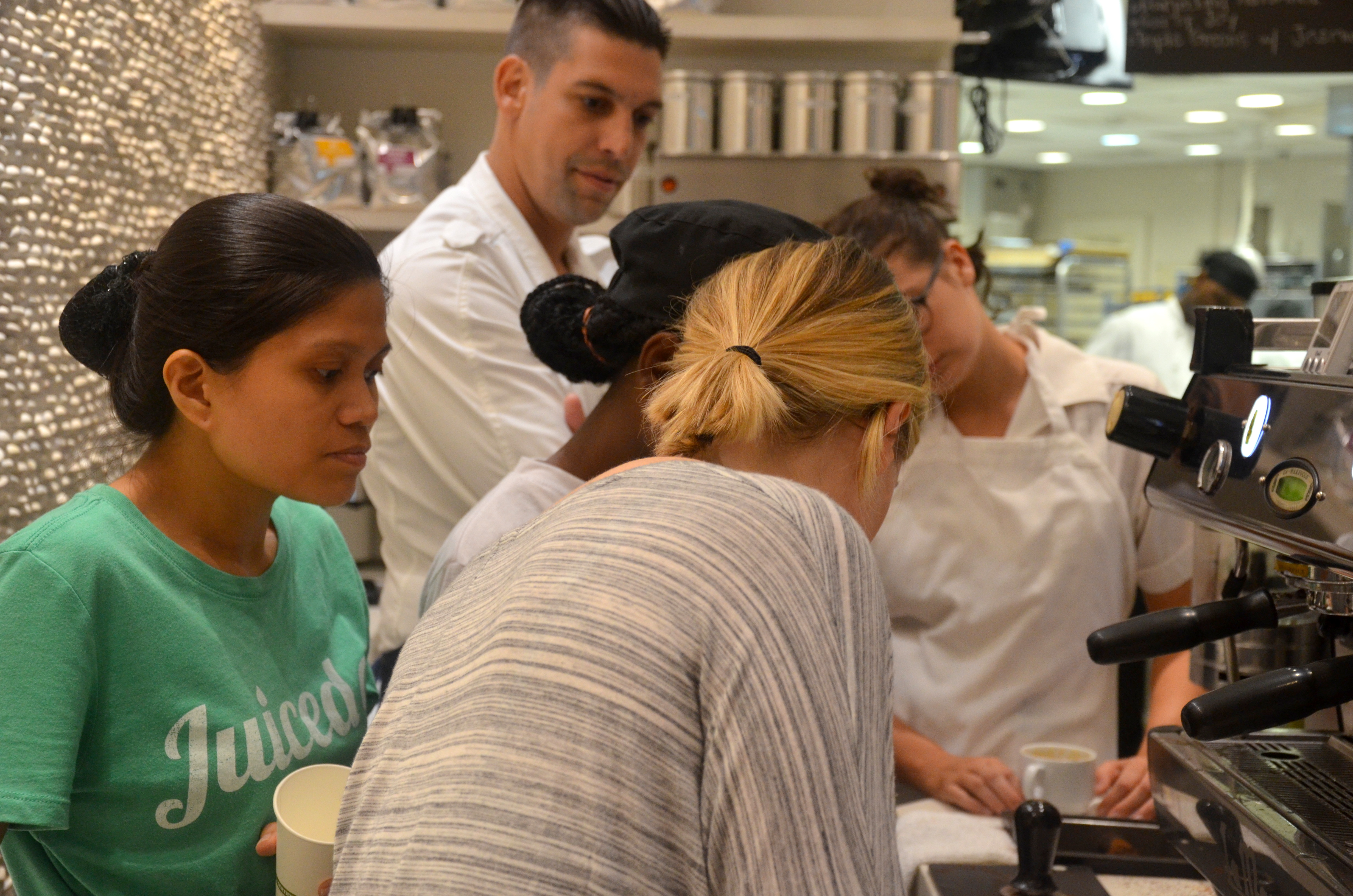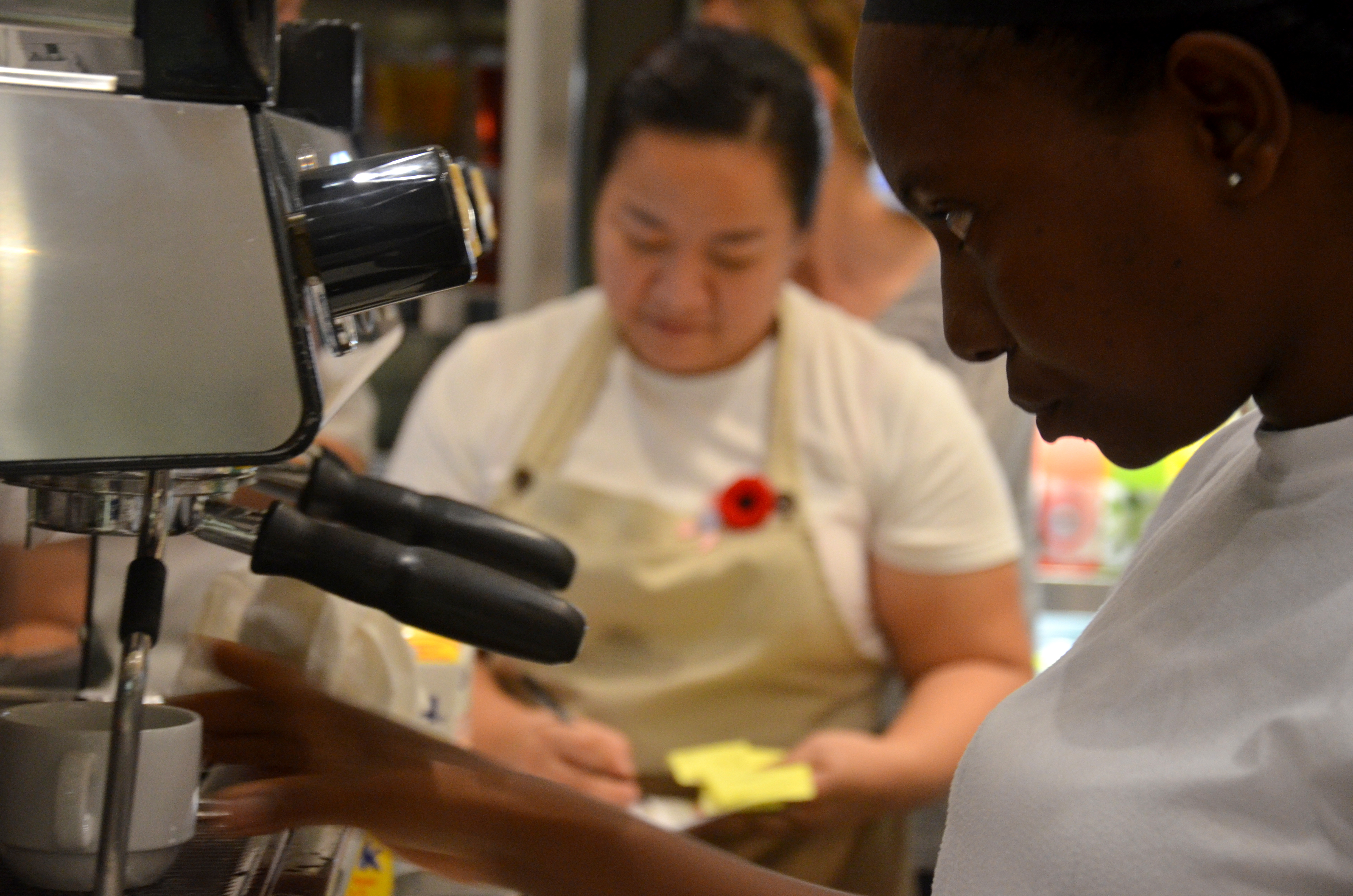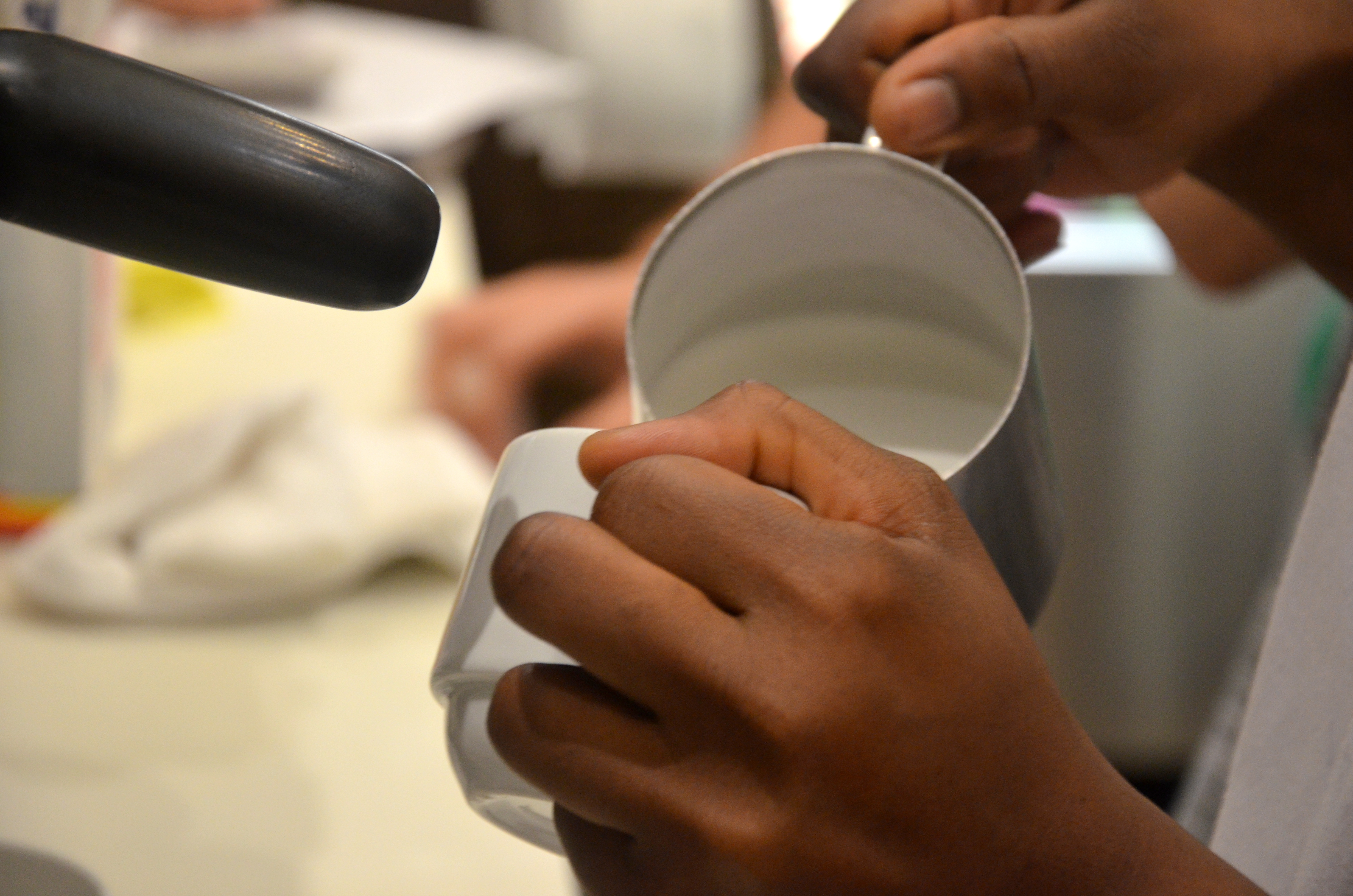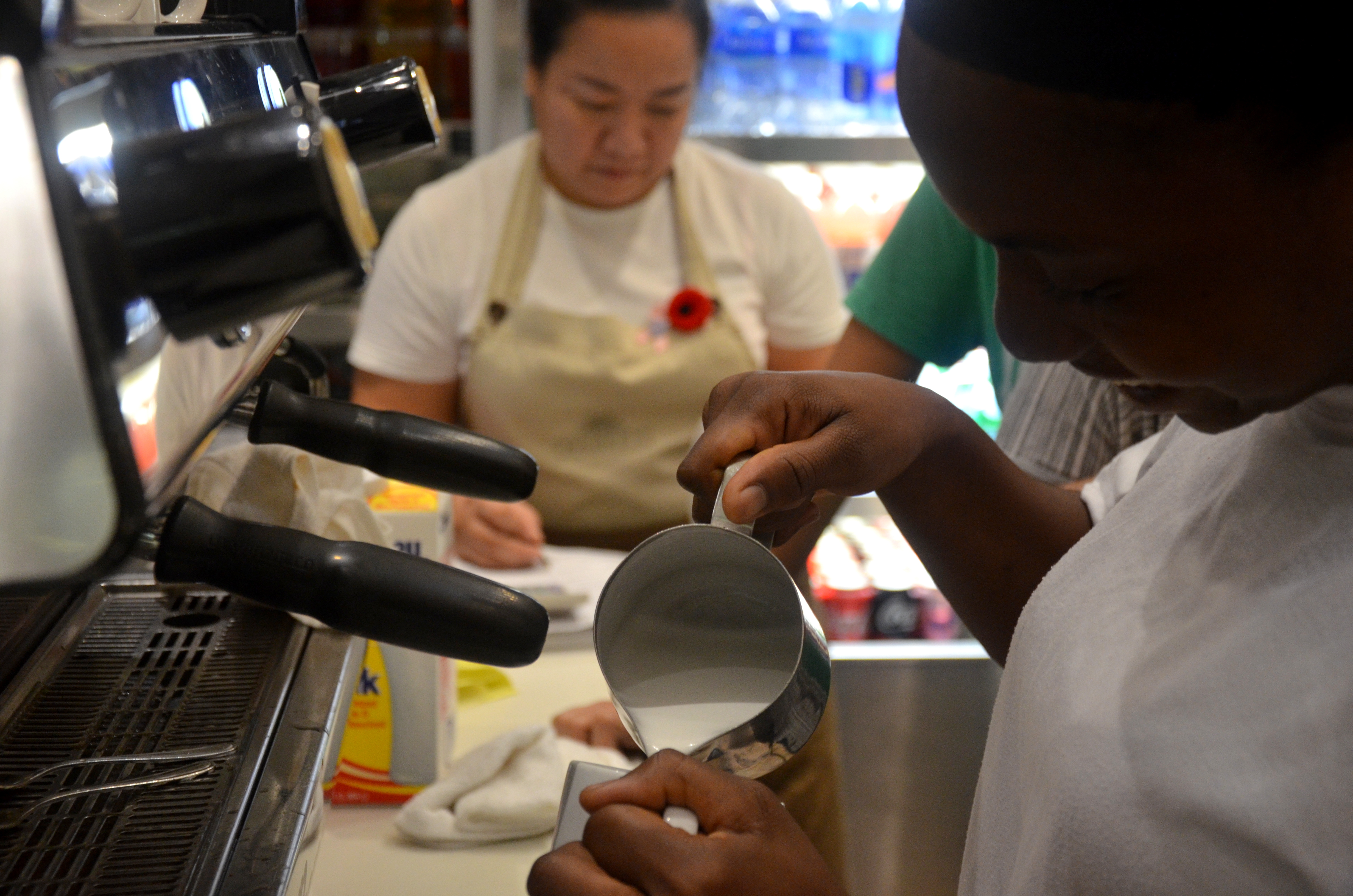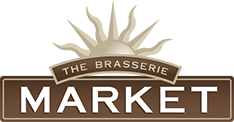
“You have to invest and be committed to quality.”
In January 2009, the Brasserie Market opened its doors and became the second espresso outlet on Grand Cayman, and the only location on island, to host an extensive barista training program led by freelance coffee consultant, Erin Hulbert.
Erin is from the coffee homeland of Seattle.
“I am a purest. I love the transparency – from the bean, through processing, to the cup – coffee is a ritual for me. It’s a time to gather with friends and family. It’s part of our culture.”
She wrote the coffee menu, trained staff, talked to press, hosted a “public cupping” (just like a wine tasting but with coffee) and introduced Barrington Roasting Coffee to The Brasserie and the Cayman Islands.
This was the start of The Brasserie Barista Program.
After six hours a day of steaming milk, mastering espresso fundamentals, diligently learning cleaning routines, coffee origins, and preparation methods, my team of baristas were well on their way of becoming the only residents on Cayman to fully understand and execute perfect espresso as an art. As the doors officially opened on January 11, I watched these new coffee enthusiasts’ eyes light up with each sip of perfectly mastered microfoam, reminding me how much I love my job. – An extract from ‘Bringing Coffee to Grand Cayman by Training Four Baristas in Two Weeks’ by Erin Hulbert, Serious Eats.
Since then, Erin says she has trained over 30 through the Program. She visits the island twice every year and trains four people every trip over a 10-day period. “What I cover with them in 10 days, would normally take six months.”
“I am continually challenging The Brasserie baristas to learn new skills on every visit, from taste, milk texture and temperature to the final quest, latte art,” says Erin.
“When teaching the techniques of milk texturising, the end product swirling in the pitcher should resemble a fresh can of white paint; thick, glossy and bubble-free. That’s my perfect cappuccino memory.
“I’m teaching baristas not just what to do but why they do what they do. We need to understand the complexities of making coffee so should we need to fix something, we are familiar. Just like learning a language – you don’t just start learning the vocabulary, but also what you need to create sentences, like grammar.
“You don’t want to stand in the way of the espresso. You should be able to taste the coffee, not the barista. The barista is just there to facilitate the coffee process.”
A stand out for The Brasserie is its emphasis on cleanliness.
“The coffee machines are cleaned every hour on the hour. Oils from the beans adhere to the surfaces and those oils will go rancid if left, making the coffee taste old and earthy no matter the quality of beans. Cleanliness is the most efficient and effective method for maintaining equipment.”
New participants to The Brasserie Barista Program train with Erin for 30 hours – this is the preliminary training period. After “passing the Bar Exam”, which is a written and practical exam at the end of the 10-day training, the trainees each continue to be mentored for one week every month over a three-month period before they pass the Program and are certified to make coffee for The Brasserie customers.
“I expect a lot from my trainees. Not everyone passes The Brasserie Barista Program. I’m here to move the company forward, set it up for success and maintain a high standard of quality,” says Erin.
“When I return six months later, everyone who takes part in the last Program must pass the written and practical exam again.
“In the practical exam, trainees make every drink on the coffee menu and the written exam is based on the manual that I wrote for The Brasserie. For example: What is the ideal temperature for extracting espresso? Why do we serve ristretto?
“At the end of this course all of those employees that pass can confidently go anywhere and understand how espresso works. This can be a blessing and a curse. It opens your eyes up to things that you may not have understood or seen before.”
Erin’s top tip for barista excellence is to stay present.
“Every time you pour a drink, it’s a training moment.”
What about her favourite type of coffee?
“I always opt for an Americano. You can get a real indication of what the coffee is like. I call this American artisan – we have taken ideas from Italy, modelled their flavor profile and then made it our own.
“There are things about different coffee varieties that I love. American coffees share the familiar traits of your morning cup. They are known for their balance and even temperament. The African bean sparkles and adds adventure and excitement to our daily lives. Some Ethiopian beans smell and taste like fresh blueberry pie, while some Kenyan beans can taste so juicy that they make me feel like I’m drinking a Capri sun. Asian coffees are known for having the most curves. They are full bodied with a syrupy mouth feel. These coffees are richer, thicker and exotic with dark chocolate, bold nuttiness and subtle earthy tones.”
And then there’s always the hot topic, for baristas and coffee drinkers alike, of how to steam milk properly.
“I can sit across the room from a barista and tell exactly what texture will appear just by the sound of the aerating milk. Make sure you have cold milk and an even colder pitcher. This low starting temperature allows a longer steaming window, which provides optimal texture.”
Let’s not share all Erin’s secrets though. You’ll need to come to the Market and Restaurant and taste our coffee for yourself!
